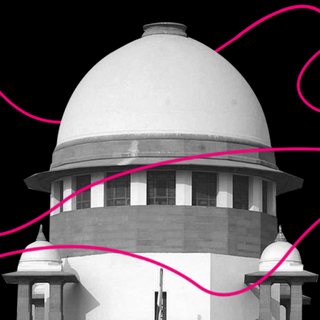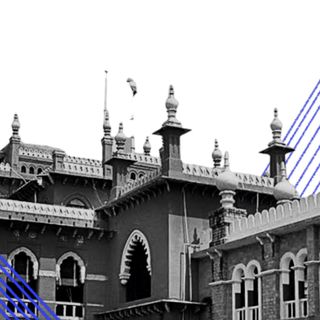The Ministry of Education has put together guidelines for ensuring that children with disabilities are able to access digital education resources during the pandemic.
The guidelines are aimed at creating resources that are “perceivable, operable, understandable, and robust aids” for disabled students, the government says. The created textbooks will be digitally accessible in a phased manner on government education platforms (like NCERT’s DIKSHA) and will be available in audio, video, tactile, and sign-language formats. The intent is to aid students who face the twenty-one disabilities that come under the Rights of Persons With Disabilities Act (2016). Theyinclude those with visual and hearing challenges, those on the autism spectrum, those with learning and intellectual disabilities, and those with multiple disabilities.
The aim is also to address criticisms such as this study, which found that visually impaired students could not access more than half of NCERT’s study material online.
Related on The Swaddle:
NCERT Announces Plan to Translate Textbooks Into Sign Language
As per the 2011 Census,27 million people in India live with disabilities, which is around 2.2% of the total Indian population. However, only around 15 million of them are literate — leaving 12 million disabled individuals without an education. Further, women with disabilities are more likely to be illiterate than men with disabilities due to lack of access to and investment in their education.
The Covid19 pandemic has further hurt disabled individuals’ access to education. Research states that individuals with disabilities are more likely to come from poor socioeconomic backgrounds in India, leading to a lack of access to digital devices for several disabled students. Further, several disabled students could not keep up with online education — especially classes and assignments — due to a lack of subtitles and interpreters during online classes.
In October last year, the NCERT had put together a plan to translate several textbooks into sign language and make those textbooks digitally accessible. Although the Ministry of Education has included these aspects in the recent guidelines, it makes no mention of the efficacy or success of those initiatives.
Further, Muralidharan V., the secretary of the National Platform for the Rights of the Disabled, told The Hindu that several mandates of the Rights of Persons with Disabilities Act, 2017, had not been implemented yet, including a provision that involves surveying all school-going children to identify those with disabilities and their unique pedagogical needs. Thus, although these initiatives get off on the right foot, their implementation takes a long time, leaving several disabled children to remain marginalized during the pandemic.
Another factor that may lead to the lengthening of the implementation is the process itself. The guidelines require the nomination of an expert technical team that will first help update the NCERT’s Digital Infrastructure for Knowledge Sharing (DIKSHA) web portal. Then, the government intends to develop prototypes of accessible digital textbooks.
Though the guidelines put together to create an accessible means to education is a good first step, it remains to be seen if the Ministry of Education will follow through and make sure children with disabilities can access different styles of learning according to their needs.




